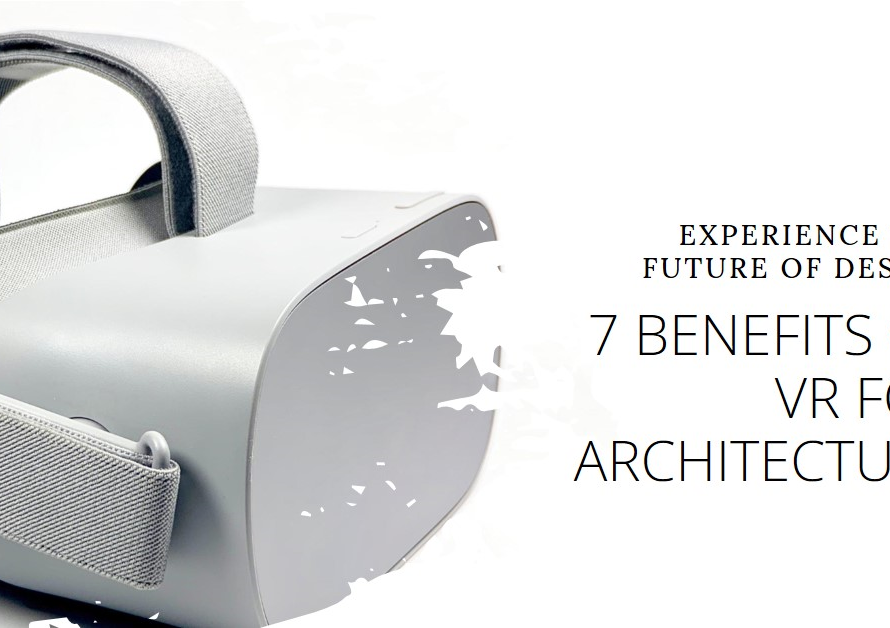
Table of Contents
Entering the realm of architectural firms as a 3D artist requires a blend of artistic skills, technical proficiency, and industry insights. Whether you’re a budding talent or an experienced artist transitioning into architectural visualization, these tips will guide you towards success in the dynamic world of architecture and design firms.
1. Understand Architectural Principles – 3D Artist
To excel as a 3D artist in an architectural firm, it’s crucial to have a solid understanding of architectural principles and design fundamentals. Familiarize yourself with architectural styles, spatial concepts, building materials, and construction techniques. This knowledge will not only inform your 3D modeling and rendering processes but also enable you to communicate effectively with architects, designers, and clients.
2. Master 3D Software Tools
Proficiency in industry-standard 3D software tools such as Autodesk Revit, SketchUp, 3ds Max, Blender, or Rhino is essential for 3D artists working in architectural firms. Invest time in mastering these tools, including modeling, texturing, lighting, and rendering techniques. Stay updated with the latest software updates, plugins, and rendering engines to enhance your workflow efficiency and output quality.
3. Develop Strong Visualization Skills
As a 3D artist, your ability to visualize architectural concepts, translate 2D drawings into 3D models, and create photorealistic renderings is paramount. Hone your skills in lighting, composition, material accuracy, and post-production editing to deliver compelling visualizations that align with client expectations and project goals. Practice creating interior and exterior scenes, incorporating natural lighting effects, and showcasing design details with precision.
4. Collaborate Effectively with Design Teams
Collaboration is key in architectural projects, so cultivate strong communication and teamwork skills. Work closely with architects, interior designers, and project managers to understand design briefs, iterate on concepts, and align visualizations with project timelines and requirements. Be open to feedback, revisions, and collaborative problem-solving to achieve project success collectively.
5. Stay Updated with Industry Trends
The architectural and 3D visualization industries evolve rapidly with emerging technologies, design trends, and client preferences. Stay informed about industry trends such as sustainable design practices, virtual reality (VR) integration, parametric modeling, and real-time rendering advancements. Continuous learning and adaptation to industry trends will enhance your value as a 3D artist within architectural firms.
6. Build a Strong Portfolio
Your portfolio is your visual resume and a showcase of your skills, creativity, and versatility as a 3D artist. Curate a portfolio that highlights your best works, including diverse projects such as residential buildings, commercial spaces, landscapes, and interior designs. Showcase your ability to handle various architectural styles, scales, and client requirements to demonstrate your range and expertise to potential employers.
7. Attend Workshops and Training Programs
Continual learning and skill development are essential for growth in any creative field. Attend workshops, training programs, webinars, and industry events focused on architectural visualization, rendering techniques, software updates, and design trends. Networking with industry professionals, mentors, and fellow artists can also open doors to new opportunities and insights.
8. Focus on Attention to Detail
In architectural visualization, attention to detail can make a significant difference in the quality and realism of your renders. Pay attention to scale accuracy, texture mapping, lighting nuances, and realistic material properties to create immersive visual experiences. Incorporate elements such as furniture, landscaping, people, and contextual surroundings to enhance the narrative and realism of your architectural visualizations.
9. Adaptability and Flexibility
Architectural projects often evolve, requiring adaptability and flexibility from 3D artists. Be prepared to adjust to project scope changes, client feedback, and design revisions while maintaining quality standards and project deadlines. Embrace new challenges, diverse project types, and interdisciplinary collaborations to broaden your skills and experiences in architectural visualization.
10. Professionalism and Client Communication


Lastly, professionalism in your conduct, client interactions, and project deliveries is paramount. Communicate clearly and professionally with clients, understanding their vision, objectives, and feedback throughout the project lifecycle. Meet deadlines, manage expectations, and demonstrate reliability, integrity, and creativity in your work to build long-lasting client relationships and earn trust within architectural firms.
By incorporating these tips into your journey as a 3D artist in architectural firms, you’ll not only enhance your technical skills but also develop a holistic approach to visual storytelling, design collaboration, and career advancement in the dynamic and rewarding field of architectural visualization.


